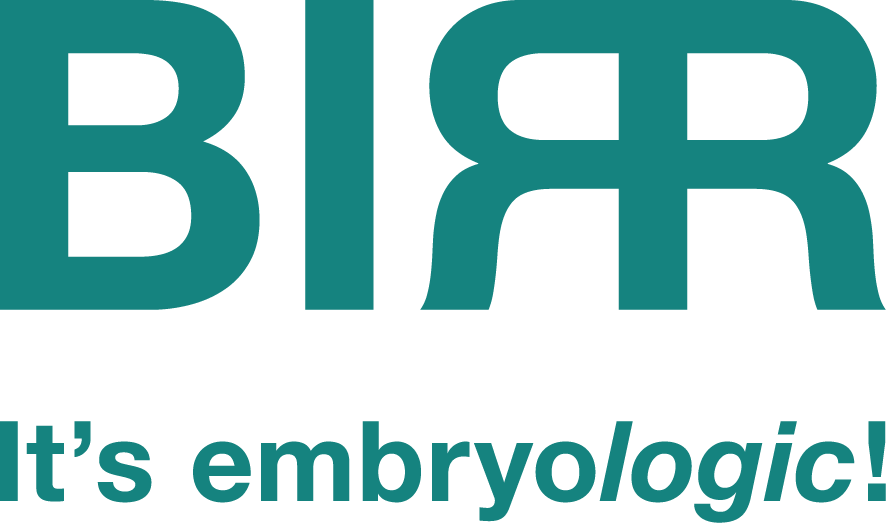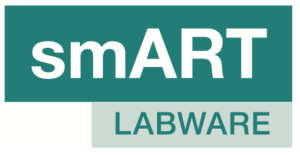Quality standards
BIRR IVF Labware is developed and produced according to the highest quality standards. All our qualitative tests are performed in a state-of-the-art laboratory, which strives for continuous improvement on testing reliability and accuracy. This enables BIRR to ensure that labware products are safe and performant.
Below more context about our testing and certification standards!
| BIRR IVF labware certification and testing standards | Dishes | Tubes | Containers | Pipettes | Other labware |
|---|---|---|---|---|---|
| FDA clearance | √ | √ | √ | √ | √ |
| MEA (+) test | √+ | √ | √ | √ | √ |
| LAL test | √ | √ | √ | √ | √ |
| SMA test | √ | √ | √ | √ | |
| Produced in EU | √ | √ | √ | √ | √ |
BIRR IVF labware is registered in several countries in Europe, North-America, South-America and Asia.
When required, local regulatory registration will be established. For information about specific geographies, please reach out to us.
BIRR IVF Labware testing standards
Why does BIRR have a robust testing program of its IVF labware portfolio? MEA/MEA+, LAL and SMA tests are performed to detect whether the materials and processes employed in labware manufacturing affect gametes viability or embryo development. Successful testing ensures undeviating labware performance that doesn’t interfere with specimens’ biological processes. Lack of product quality assurance through each of these tests may compromise labware consistency, ultimately affecting laboratory and clinical outcomes. BIRR’s robust quality assurance program ensures that- labware standards are persistently maintained, providing laboratories the stability required for reliable gamete and embryo culture performance.
Test carried out on each product LOT:
Mouse Embryo Assay (MEA): Across the labware portfolio, two different type of MEA tests are performed, the Standard MEA or Extended MEA
- The Standard MEA is performed on the labware that has contact time <24 hours with gametes or embryos (e.g., tubes, pipettes). This approach involves the exposure of culture media to the tested labware for 2 hours. This media is then used for incubation of 1-cell mouse embryos (n=21, Test group) until Day 5 of development in a reference dish. In parallel, 1-cell mouse embryos (n=15, Control group) are cultured in the same type of reference culture dish using media that was not exposed to the testing labware. For each group, embryo cleavage is assessed at 24hrs and blastocyst formation is assessed at 96hrs (Day 5 development). A product lot is accepted when testing outcomes show blastocyst formation rate >80% in the Test group.
- The Extended MEA (MEA+) is performed on labware that has a contact time >24 hours, done for all BIRR dishes. This approach involves continued exposure of 1-cell mouse embryos (n=21, Test group) to the tested labware throughout a 96hrs culture period (Day 5 of development). In parallel, 1-cell mouse embryos (n=15, Control group) are cultured in the same type of reference culture dish using media that was not exposed to the testing labware. For each group, embryo cleavage is assessed at 24hrs and blastocyst formation is assessed at 96hrs (Day 5 development). A product lot is accepted when testing outcomes show blastocyst formation rate >80% in the Test group.
Sperm Motility Assay (SMA) test: Good quality post-preparation sperm samples are exposed to the testing labware (Test group) or left in the reference labware (Control group) for 8 hours. The ratio between sperm motility rate from the Experimental and Control groups determines sperm motility index (SMI). Product lot acceptance threshold is set at SMI >0.75.
Limulus Amebocyte Lysate (LAL) test: Presence of bacterial endotoxin lipopolysaccharide (LPS) is tested through LAL test on all labware. Acceptance detection threshold <0.03EU/device.
Results of quality test are available upon request for each LOT number.


